Experts estimate that the average family eats almost eight hundred eggs every year. However, few people know that their shells are a cheap and universal fertilizer. Given that its weight is about ten grams, it is easy to collect about 8 kg of very good top dressing by the vegetable season. The use of eggshells for a garden or a vegetable garden is very simple.
Material Content:
- 1 The composition and structure of the eggshell
- 2 What is useful shell for plants
- 3 What plants are suitable for this fertilizer
- 4 We collect and store the shell correctly
- 5 Fertilizer manufacturing
- 6 How to use eggshell for the benefit of the plant
- 7 What plants can be harmed by fertilizer?
- 8 Helping Pest Control
The composition and structure of the eggshell
The product under discussion contains a record amount of calcium, as well as another 27 elements that are very useful for plants. These are potassium, phosphorus, iron, magnesium and others. With constant application of plants of a similar composition, the soil will become much richer and the yield higher.

The films that are inside the shell contain a lot of organic matter, especially keratin.
Calcium salts, which are present in excess in the shell of any eggs, are a natural substance, and therefore they are much better absorbed by representatives of the flora.
What is useful shell for plants
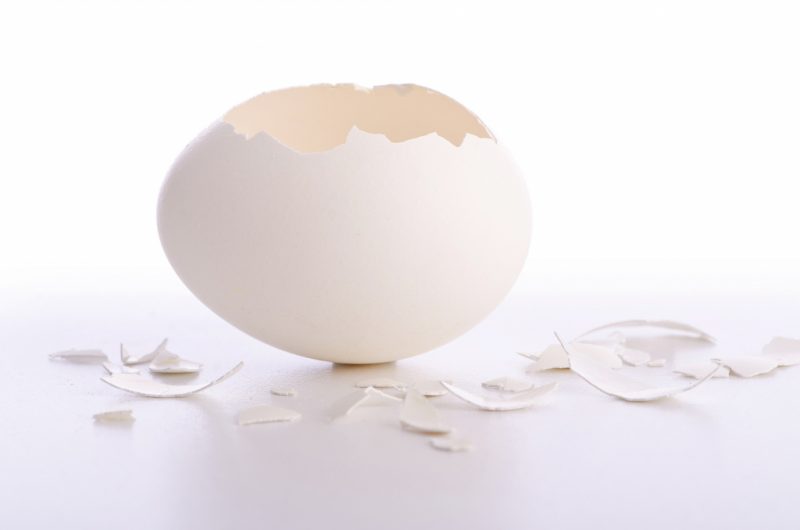
Shell-based dressing will undoubtedly be useful to your garden and vegetable garden, because it helps:
- Deoxidation of soil. Only with normal soil acidity can plants absorb nutrients as much as possible. Very acidic soils can even be toxic.
- Enrichment of the earth.
- Improving soil friability. Often the plots have heavy earth, which poorly passes air and moisture, which negatively affects the development of plants. The introduction of eggshells in any form significantly improves the aeration properties of the soil.
- To scare away pests. Many insects simply leave the site if the shell is regularly introduced into the ground in the form of a powder. You can simply break it and scatter it around the site.
- Protect from pathogens.
- To scare away moles and a bear.
What plants are suitable for this fertilizer
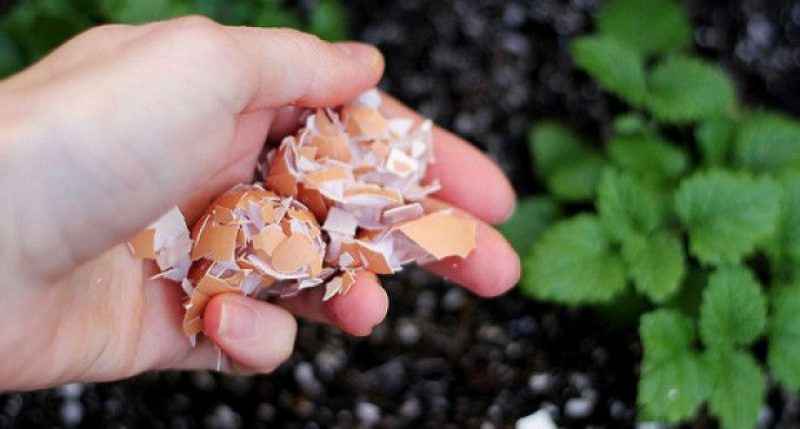
Egg shells are an excellent nutritional complex for tomatoes, peppers of all stripes and eggplant. Also, crops such as onions, watermelons, fruit trees, berries, conifers are very fond of such fertilizers.
We collect and store the shell correctly
The main problem that gardeners encounter when collecting shells over the course of a year is their smell. But there are two ways to properly store such fertilizers.
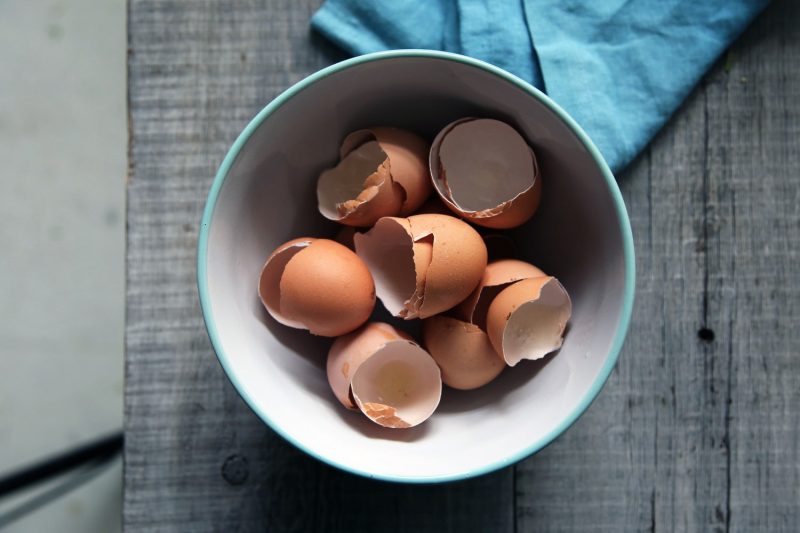
- The first option is to rinse with cold water before putting it into storage. So you can get rid of the remnants of organic matter and films.
- The second way is to bake in the oven at high temperature.
When the shells are washed, gardeners can dry them near the battery, and they will not emit a smell. But the minus is that the films contain valuable substances that will simply be removed during washing.
Calcination is a more troublesome option, since you still have to collect some amount of shell. But then it will be easier to grind fertilizers and crush into powder.
Fertilizer manufacturing
To feed the garden, you can use tincture. It is good to add seedlings and adult plants to it.
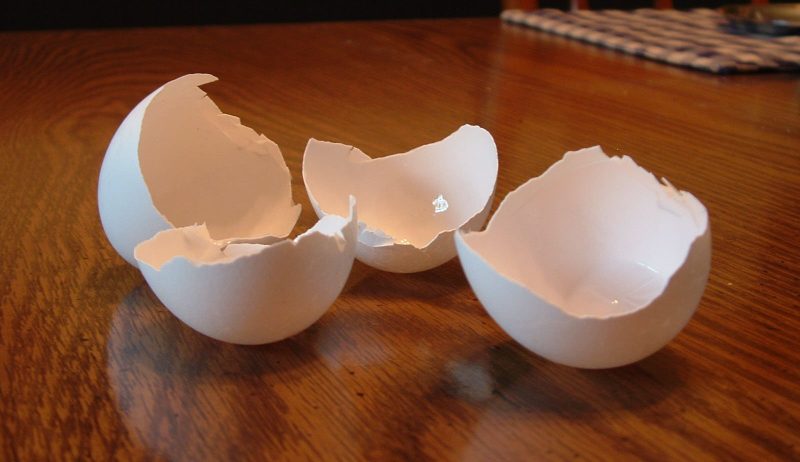
Preparing the tincture is simple:
- A liter jar should be filled with a shell, which must first be mashed. You can use a meat grinder.
- Pour the jar to the top with warm water, close it tightly with a lid and leave to infuse for 5 days.
- Every day, the contents need to be shaken.
- You can determine the readiness of the tincture by the appearance of a smell and strong turbidity of the water.
The liquid from the can is drained and refilled with water. Drained water can already be used. You can fill the shell 3 to 4 times.
Tincture should be insisted in a warm and dark place, and use immediately after preparation.
The jar must be closed, because the shell due to the remains of organic matter will emit a smell.
Egg shells as a fertilizer for the garden are traditionally used to grind into fine powder. It is permissible to make it in any way, and then just scatter it in the beds.
How to use eggshell for the benefit of the plant
It is important to learn how to properly apply such nutrient fertilizers to the ground.
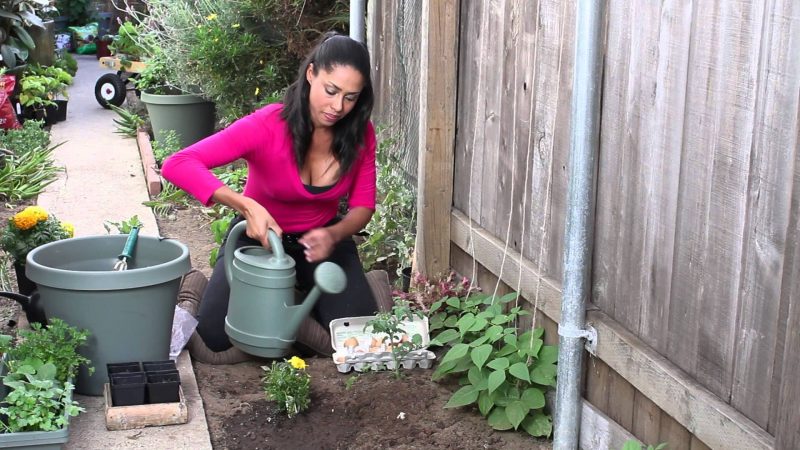
- Powder should be scattered in small portions on the beds. The first time the beds are sprinkled with powder when planting seeds or seedlings. This is primary dressing. It is advisable to apply fertilizer directly into the planting pits, as it often does not happen much. It is usually enough to add about 300 g of powder per square meter of land per season to enrich it.
- The tincture is diluted with water at a rate of 1: 5. It is just a little sprinkled with seedlings or plants in the garden.
What plants can be harmed by fertilizer?
Fertilize eggshells, despite all its useful properties and a high content of micro and macro elements, not all plants can. Such crops are even harmful to some crops.

The shells of any eggs oversaturate the soil with calcium, and some cultures do not tolerate this element.
As a result, plants can be sick or poorly developed, the quality of the crop decreases or even the plants cease to bear fruit.
- Cucumbers of all sorts, as well as strawberries and strawberries, do not tolerate such fertilizers. These cultures react to such top dressing very violently.
- He does not like calcium and beans of all varieties, as well as cabbage.
- Does not tolerate such additives and spinach.
As for growing indoor plants, some flower indoor crops also don't like calcium. This is hydrangea, which is planted in the garden for the summer, as well as tender violets, pelargonium and azalea.
Helping Pest Control
Insect shells can be used even in greenhouses.Powder just crumbles over the site. The shells of tomato seedlings are especially well protected from diseases and insects. You can sprinkle not crumbled shells, but simply put them in their entire form next to the bushes.
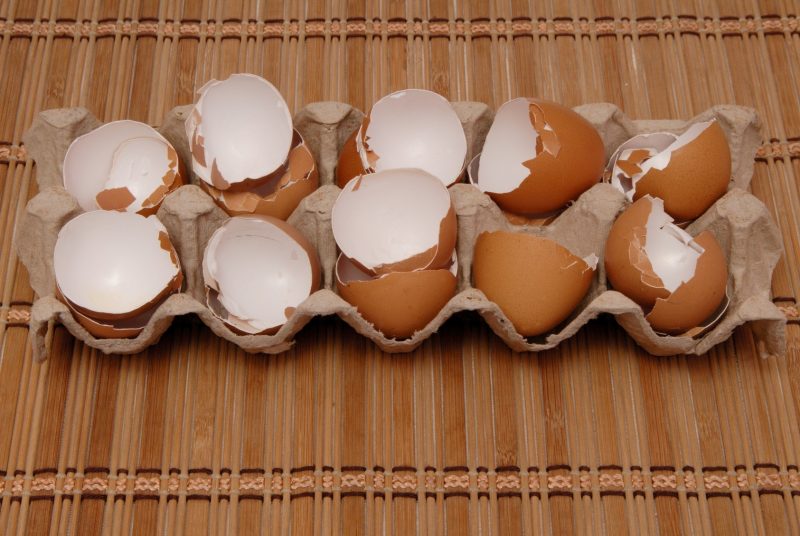
Summing up, it must be said that the use of egg shells in the garden and in the garden is possible and necessary. This is a budget option for mineral dressing, which is too expensive in the store. In addition, such fertilizer is completely natural, which allows you to grow an environmentally friendly crop.
So, without spending a dime on the purchase of fertilizers, you can use the waste from the kitchen to fertilize the berry, garden, vegetable garden and indoor plants.












